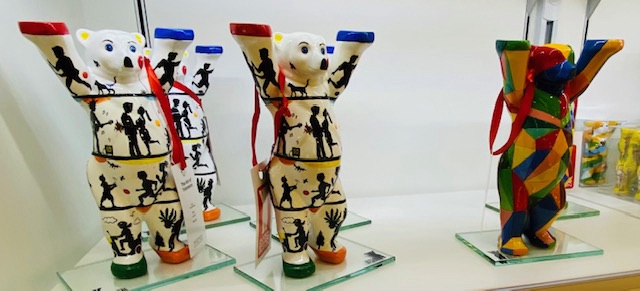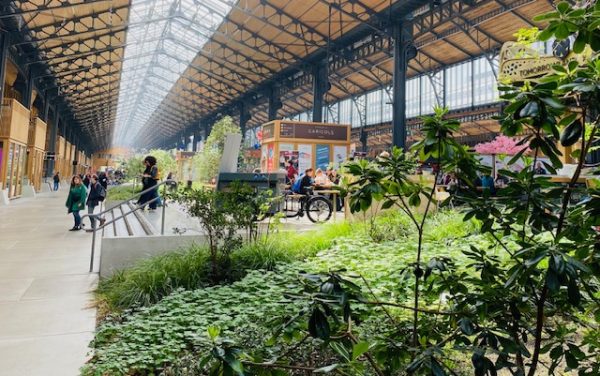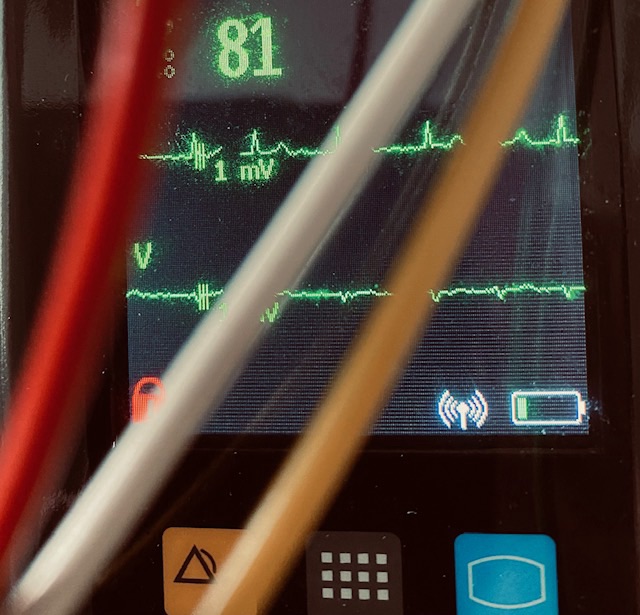The evidence on nutrition policies has accumulated a series of policy recommendations based on the best available evidence. The German Institute of Human Nutrition has presented these results repeatedly not only to the scientific community, but also to the interested public at the Science Week or the Long Night of Science. Their leaflet on the tools to improve our human nutrition in market economies highlights “nutrition competence” as a key component of a broad strategy to improve our food and subsequently health. Nutrition goes beyond the biological ingredients of food to include basic understandings of human metabolism including the times and timing of meals. This competence has to be transmitted to preschoolers, pupils as well as adults to stem the waves of obesity (ARTE Docu). Learning how to manage your own nutrition is a crucial competence to strive and survive. In schools it can have substantial impacts on performance and inequality of opportunities as well.
The science-based policy recommendations propose to alter the structure of costs, for example via tax reductions, in favor of healthy food. Plain water should be substantially cheaper than sweet beverages or alcoholic drinks. Nuts and proteins from vegetables fall in the same category as plain water. It is in the longer term interest of all of us that schools, canteens at work places or homes for the elderly offer also healthy nutrition at least as a daily option. More sustainability in food production is last, but not least part of nutrition policies. A lot to chew on to improve nutrition.































